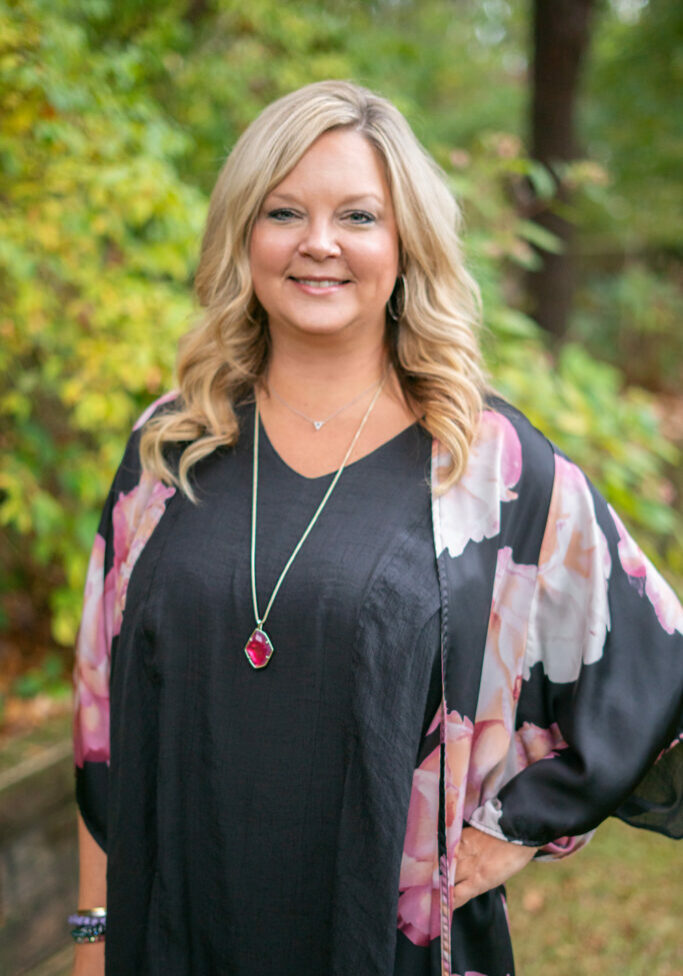Home Eye Injury Prevention
The vast majority of eye injuries (90%!) are preventable, and many of them happen at home.
Broadly, the best way to prevent eye injuries is through simple precautions like minimizing unnecessary hazards around the house and yard and wearing protective gear whenever we have to work with harmful chemicals or power tools, but let’s go a little deeper.
The Biggest Eye Safety Risks in the Home
A simple fall is all it takes to transform a wide variety of innocuous objects into serious eye hazards, from pencils to the corners of furniture. Skillets with spattering hot oil can also be dangerous. However, the most hazardous items in the typical home tend to be cleaning chemicals and toys with small parts.
Outdoors, work tools and gardening equipment can be dangerous, as can the debris that flies out of a mower or weed eater. We should all take extra care around fertilizers, herbicides, and pesticides while working on our lawns as well, because these are dangerous chemicals.
Making Your Home More Accident-Proof
Here are a few tips you can follow to make eye injuries much less likely at your home and around the yard:
- Find the right protective eyewear. Safety goggles or even glasses can make the difference between permanent vision loss and a normal day working on a DIY project or finishing chores when chemicals or airborne particles like sawdust, shavings, or wood chips are involved.
- Clean up any trip hazards. Tidy up the loose items on the floor, secure down any rugs, and make sure there are railings and good lighting wherever you have steps or stairs.
- Pick up the yard before mowing. A toy left out on the lawn can turn into a dangerous projectile if it goes through the mower, so clean it up first!
- Read and follow warning labels. To make sure you use them correctly, always read the warning labels on cleaning chemicals. Be very careful never to combine two chemicals that could be dangerous together (the big example being bleach and ammonia) and wash your hands thoroughly after using them. Keep them somewhere pets and young kids can’t reach them.
- Keep your hands away from your eyes, especially while using harsh chemicals.
What’s Your Emergency Plan?
It’s also a good idea to plan ahead so that you aren’t scrambling if an accident or emergency happens. The most common eye injury involves a substance or foreign object getting into the eye or a foreign body penetrating the eye. In the latter case, go straight to an emergency room and do not try to remove the object or touch the eye. Place a rigid shield like a styrofoam cup over everything to protect it until you reach the emergency room.
For a small foreign object or substance, a hospital grip is still a good idea, but these can sometimes be flushed out with water from the sink. If a chemical or substance has splashed into your eyes, flushing them thoroughly with water can minimize the harmful effects and wash away the substance. (But still go to the hospital just in case.)













